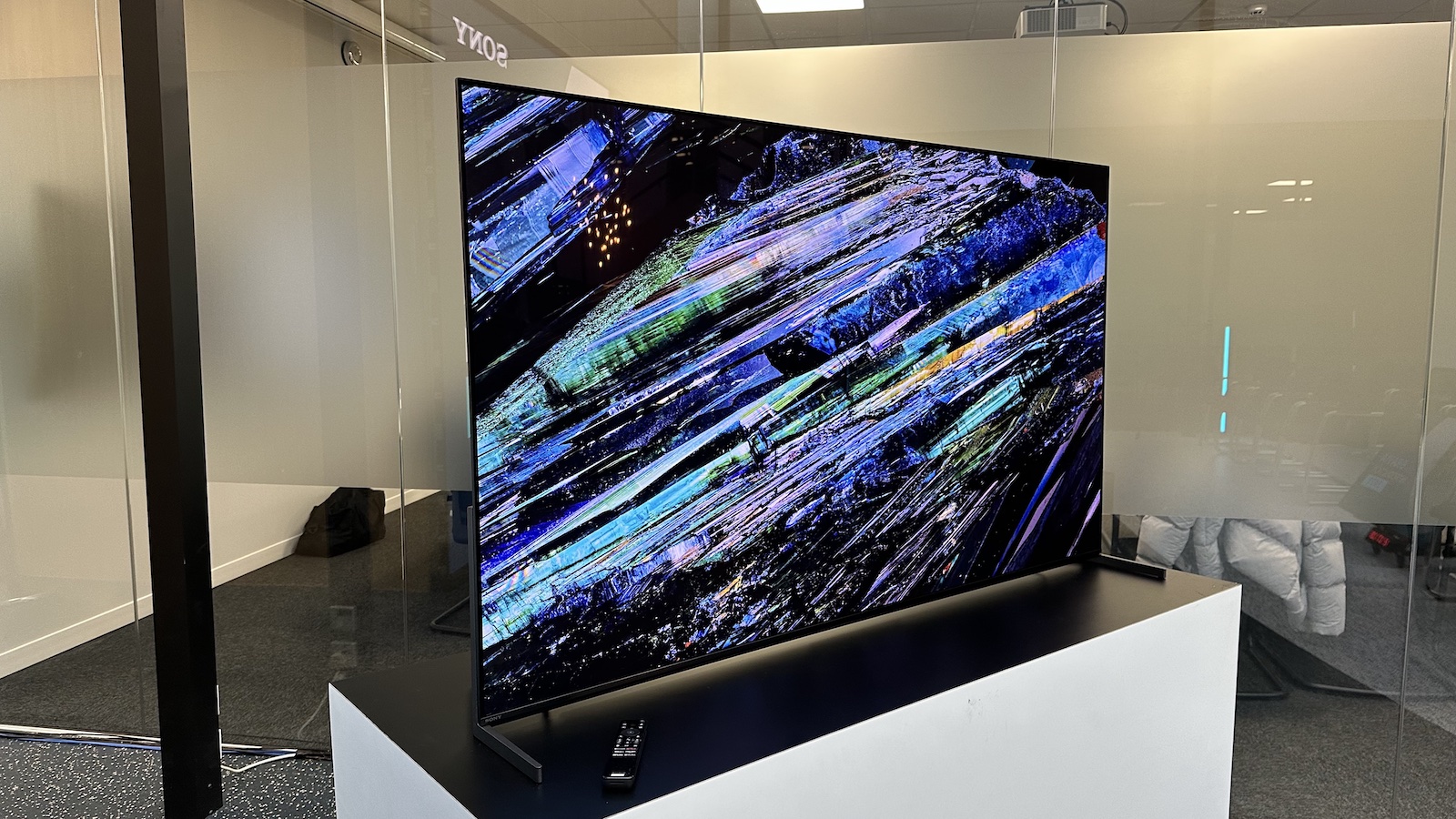The future of OLED TVs is being decided as we speak – here’s why
2023 is rapidly turning into a pivotal moment for the TV market

Here at What Hi-Fi? we’ve seen a lot of changes in the world of TV over the decades we've spent covering the sector. In fact, over the years we’ve covered everything from the arrival of widescreen CRT sets to the debut of Plasma and most recently, of course, OLED TV tech.
If you’ve read any of our reviews over the past decade, you’ll know that, though it has many notable rivals, OLED panel TV tech has been the dominant player in our best TV guides since it debuted. But it’s undeniable that, for the past couple of years at least, the market has felt like the development of OLED has been slowing down.
Most recently, you can look at our review of the LG C3 as evidence of this, with it offering very few significant upgrades on last year’s LG C2, to the point we actually recommend investing in the older model in our best OLED TV guide – while stocks last, at least for the moment.
And though that doesn’t look set to fully change this year, the direction of the OLED TV market definitely is going through a cataclysmic shift that could decide the future of the industry for the next decade.
The reason for this is simple – there are now two new competing panel technologies hitting the market that promise to fix OLED’s perceived biggest flaw. Specifically, its lower max brightness compared to LCD.
First up to bat was Micro Lense Array tech (MLA), which debuted at CES 2023. We have an in-depth "what is MLA?" guide you can read to get a detailed breakdown of how it works, but the short version is that it places microscopic lenses on top of OLED pixels. These let the TVs go up to 2000 nits max brightness, which is a marked step up on the average 700 nits you’d see on a traditional OLED panel.
We got a chance to fully review the LG G3, which uses MLA, earlier this year and were pretty darned impressed with the results at the time. What Hi-Fi?’s TV head-honcho, Tom Parsons, went so far as to describe it as a “shining star” in his LG G3 review. It isn't perfect, though, with colours in low light scenes lacking a bit of vibrancy and, while it's nothing to do with the panel technology, the G3's sound is poor.
The latest hi-fi, home cinema and tech news, reviews, buying advice and deals, direct to your inbox.
Following this up, we've had the arrival of TVs featuring Samsung's second-generation QD-OLED panels.
This is the next step in the QD-OLED tech we first reviewed last year on the Sony A95K and Samsung S95B. Like MLA it aims to boost brightness levels on OLED TVs. The difference is that it uses Samsung’s Quantum Dot tech to do it, rather than the microscopic lenses seen on the G3.
Again, like MLA, we've only reviewed one TV with the tech so far, the Samsung S95C, and what a spectacular image it produces, with contrast and vibrant colours for days. That said, it's not the most subtle picture performer, suggesting that while the tech is seriously capable, the processing could perhaps be improved.
Thankfully, this isn't the end of the fight though, as less than two weeks ago we got an early look at another contender set to enter the ring – the Sony A95L.
We didn’t get a chance to see the TV in our neutral viewing rooms and run it head-to-head with its arch-rival, the G3. But from what our TV editor saw at a Sony demo event in August, it could be a very impressive bit of kit.
Based on his opening look, the set seemed to not only have higher brightness levels than its predecessor, which itself capped at 1200 nits, but on top of that the A95L had much more accurate colours. The latter would be a big step forward for those who like to see movies as their directors intended – an area Panasonic has traditionally dominated, and where both the G3 and S95C struggled.
And, with us expecting our Sony A95L sample at some point in the near future, we shouldn’t have to wait long to see if its opening promise rings true, and we can ring the starter bell for round two of one of 2023's biggest grudge matches – MLA vs QD-OLED.
MORE:
These are our picks of the best TVs
Getting a new TV? Then you'll want a soundbar. These are the best soundbars we've tested
We tested every set we could, and these are the best OLED TVs we can personally recommend

Alastair is What Hi-Fi?’s editor in chief. He has well over a decade’s experience as a journalist working in both B2C and B2B press. During this time he’s covered everything from the launch of the first Amazon Echo to government cyber security policy. Prior to joining What Hi-Fi? he served as Trusted Reviews’ editor-in-chief. Outside of tech, he has a Masters from King’s College London in Ethics and the Philosophy of Religion, is an enthusiastic, but untalented, guitar player and runs a webcomic in his spare time.
